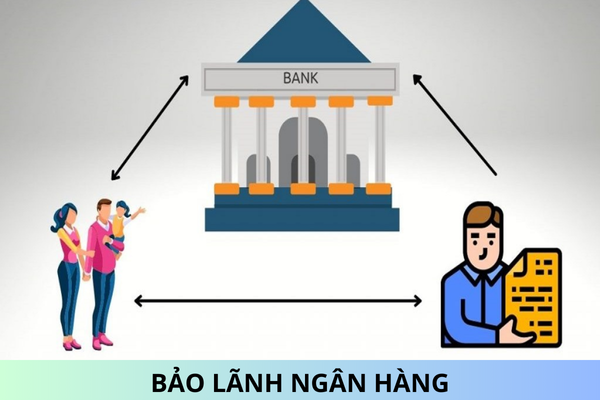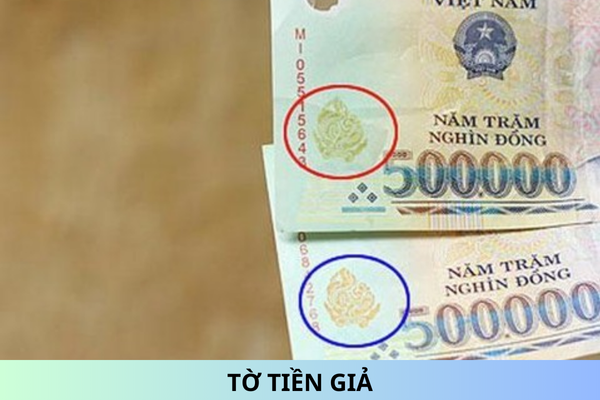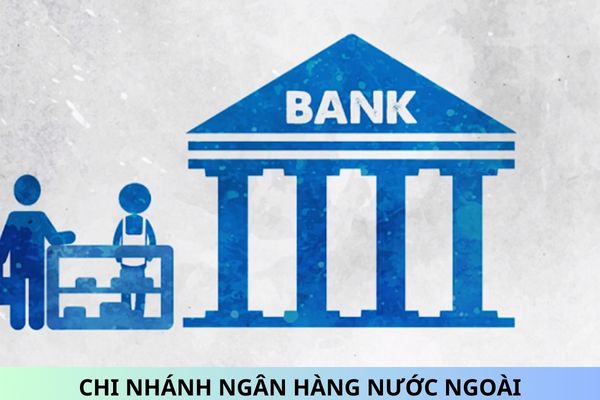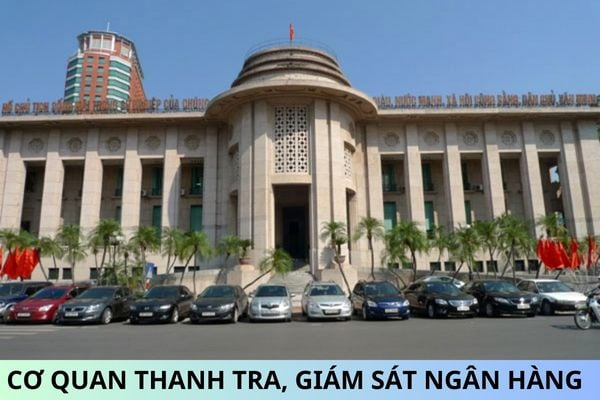What are principles for national assessment of money laundering risks in Vietnam? What are criteria of for national assessment of money laundering risks in Vietnam?
What are principles for national assessment of money laundering risks in Vietnam? What are criteria of national assessment of money laundering risks in Vietnam? - Question of Mr. Trung (Da Nang)
What are principles for national assessment of money laundering risks in Vietnam?
On 28/04/2023, the Government promulgated the Decree 19/2023/NĐ-CP elaborating the Law on Anti-Money Laundering.
Pursuant to Article 3 of the Decree 19/2023/NĐ-CP stipulating principles for national assessment of money laundering risks in Vietnam as follows:
Assessment principles
1. National assessment of money laundering risks must be carried out by competent state agencies according to the criteria and methods prescribed by law, and in conformity with international standards and practical conditions of Vietnam.
2. National assessment of money laundering risks is required to identify the level of money laundering risk to the nation.
3. National assessment of money laundering risks serves as a basis for developing a post-assessment action plan and updating corresponding anti-money laundering policies and strategies over periods of time.
4. Information, documents and data serving the needs of national assessment of money laundering risks shall be collected from databases of competent authorities, reporting entities, domestic and foreign research papers according to the principles of public disclosure, transparency, and assurance of compliance with regulations on protection of state secrets.
As regulations above, principles for national assessment of money laundering risks in Vietnam are:
- National assessment of money laundering risks must be carried out by competent state agencies according to the criteria and methods prescribed by law, and in conformity with international standards and practical conditions of Vietnam.
- National assessment of money laundering risks is required to identify the level of money laundering risk to the nation.
- National assessment of money laundering risks serves as a basis for developing a post-assessment action plan and updating corresponding anti-money laundering policies and strategies over periods of time.
- Information, documents and data serving the needs of national assessment of money laundering risks shall be collected from databases of competent authorities, reporting entities, domestic and foreign research papers according to the principles of public disclosure, transparency, and assurance of compliance with regulations on protection of state secrets.
What are criteria of national assessment of money laundering risks in Vietnam?
Pursuant to Article 4 of the Decree 19/2023/NĐ-CP stipulating criteria of for national assessment of money laundering risks in Vietnam as follows:
Assessment criteria
1. A set of criteria for national assessment of money laundering risks are classified into the following subsets: money laundering risk; appropriateness of anti-money laundering policies and measures; and consequences of money laundering for the country, and sectors or industries.
2. The subset of money laundering risk criteria includes the following components: money laundering risk from sources of money laundering crime, and money laundering risk to sectors or industries, which are specifically described as follows:
a) The component of money laundering risk from sources of money laundering crime is subdivided into money laundering risks specific to sources of domestic and transnational crime that are assessed;
b) The component of money laundering risk to sectors and industries is subdivided into money laundering risks specific to domestic and transnational sectors or industries that are assessed.
3. The subset of criteria of appropriateness of anti-money laundering policies and measures includes the following components: the comprehensiveness of legal framework and the effectiveness of law enforcement, which are specifically described as follows:
a) The component of the comprehensiveness of legal framework is subdivided into the adequacy of anti-money laundering laws of the country and specific sectors or industries;
b) The component of the effectiveness of law enforcement is subdivided into the effectiveness of enforcement of laws of the country; of sectors or industries; and the appropriateness of anti-money laundering policies and measures associated with a number of key products and services of these sectors or industries.
4. The subset of consequences of money laundering, including:
a) Adverse impacts of money laundering on the economy;
b) Adverse impacts of money laundering on the financial system;
c) Adverse impacts of money laundering on sectors and industries;
d) Adverse impacts of money laundering on the society.
As regulations above, there are 3 criteria of for national assessment of money laundering risks in Vietnam:
- Money laundering risk;
- Appropriateness of anti-money laundering policies and measures;
- Consequences of money laundering for the country, and sectors or industries.
What are regulations on scoring method regarding national assessment of money laundering risks in Vietnam?
Pursuant to Clause 2 Article 5 of the Decree 19/2023/NĐ-CP stipulating scoring method regarding national assessment of money laundering risks in Vietnam as follows:
(1) For the subset of money laundering risk:
- The scores of 5 indicate the levels of high risk;
- The scores of 4 indicate the levels of fairly high risk;
- The scores of 3 indicate the levels of medium risk;
- The scores of 2 indicate the levels of fairly low risk;
- The scores of 1 indicate the levels of low risk;
(2) For the subset of appropriateness of anti-money laundering policies and measures:
- The scores of 5 indicate the levels of low appropriateness;
- The scores of 4 indicate the levels of fairly low appropriateness;
- The scores of 3 indicate the levels of medium appropriateness;
- The scores of 2 indicate the levels of fairly high appropriateness;
- The scores of 1 indicate the levels of high appropriateness;
(3) For the subset of consequences of money laundering:
- The scores of 5 indicate the levels of high consequence;
- The scores of 4 indicate the levels of fairly high consequence;
- The scores of 3 indicate the levels of medium consequence;
- The scores of 2 indicate the levels of fairly low consequence;
- The scores of 1 indicate the levels of low consequence;
(4) For the subset of national money laundering risk:
- The scores of 5 indicate the levels of high national risk;
- The scores of 4 indicate the levels of fairly high national risk;
- The scores of 3 indicate the levels of medium national risk;
- The scores of 2 indicate the levels of faily low national risk;
- The scores of 1 indicate the levels of low national risk;
Note: Decree 19/2023/NĐ-CP takes effect from 28/04/2023.
Best regards!











